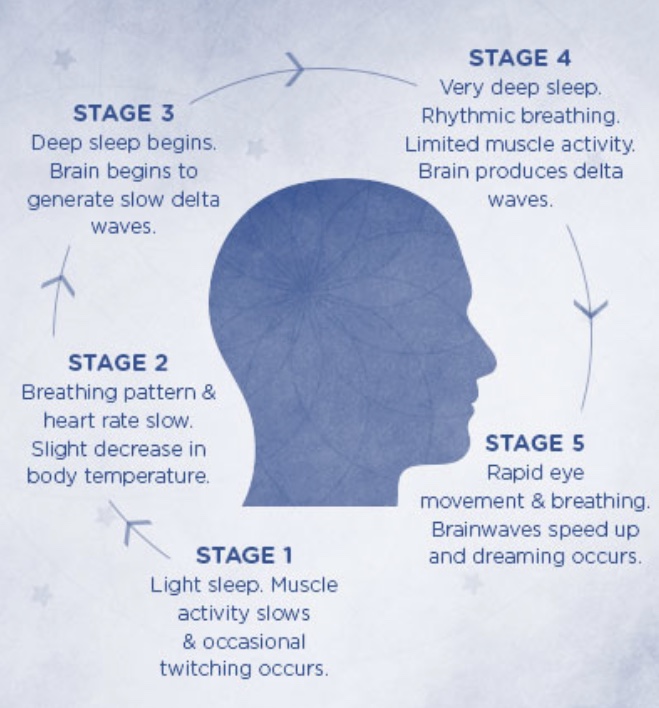Twelve facts you did not know about dreams
Sleeping occurs in stages with dreams appearing in the final stage. There is yet to be a proven explanation for what our dreams mean, but there are, however, many interesting facts.
February 25, 2018
A dream is defined as a series of thoughts, images, and sensations occurring in a person’s mind during sleep. There are countless theories to explain why exactly you dream what you dream, but none have been scientifically proven. Although the bigger questions of dreams are currently unanswered, there are many interesting facts regarding dreams. Here are twelve.
1. Everybody dreams.
Every human being dreams every night. Those who claim that they do not dream have just forgotten their dreams.
2. You forget your dreams shortly after waking up.
Within five minutes of waking up, half of your dream is forgotten. Within ten minutes, 90% is gone. To boost your dream memory, write down your dreams as soon as you wake up when they are fresh on your mind. Another highly suggested method is not moving out of your sleeping position or opening your eyes when you first wake up to allow yourself to reflect on your dream.
3. In our dreams we only see faces that we already know.
Your mind does not create fictional characters to star in your dreams. People that appear in your dreams are people you have seen before at some point or another. You may not actually know or remember them, but subconsciously you do. You have seen hundreds of thousands of faces throughout your life’s, so we have an endless supply of characters for our brain to utilize during our dreams.
4. Not everybody dreams in color.
Some people dream in black-and-white rather than in color. This was more common when televisions were black-and-white, but it still occurs.
5. Sleepwalking is a disorder.
Sleepwalking is also known as somnambulism. This is a parasomnia, a disorder characterized by abnormal or unusual behavior of the nervous system during sleep. Sleepwalking is a behavior disorder that occurs during deep sleep and consists of, not only walking, but also carrying out more complex actions. It is much more common in children than adults and is more likely to occur if a person is sleep deprived. Sleepwalkers are often very difficult to awaken and will most likely not remember the whole incident
6. Negative emotions are common
The most common emotion experienced in dreams is anxiety. For both men and women, dreams usually contain more aggression than friendliness, as well as more misfortune than good fortune. Negative emotions more commonly occur in dreams than positive ones.
7. Blind People also dream.
People who became blind after birth can see images in their dreams. People who are born blind do not see any images, but have dreams that are equally vivid involving their other senses.
8. You dream multiple times a night.
On average, you dream four to six times per night. If you sleep for a total of eight hours, approximately two of them were likely spent dreaming.
9. Animals dream too.
Numerous studies have been done on a variety of animals, majority of which show that they have the same brain waves when dreaming as humans do. This means they go through the same stages of sleep as humans, having dreams during the REM stage. This explains why you may have seen your dog or cat pawing in the air like they are running in their sleep.
10. During sleep you experience body paralysis.
Rapid eye movement (REM) sleep is a stage of sleep in which your eyes move rapidly. REM sleep typically takes up about 90 to 120 minutes of sleep a night. During REM sleep, the body is paralyzed by a mechanism in the brain in order to prevent your physical body from performing the movements in your dream.
11. Dream incorporation also occurs.
While sleeping, if you hear a sound in reality, your brain may incorporate it into your dream. This is true of several different sensory systems, including touch, sight, and smell.
12. Men and women dream differently.
Men tend to dream about aggressive encounters with other men, typically strangers, while women often dream of interactions with people they know in places they are familiar with.
AP Psychology student Xavier Almonte stated, “Dreams are made up of two parts. One being the content of the dream, the other being the underlying meaning of it which could be interrupted very differently according to who’s dreaming.” Although dreams can not yet be factually interpreted, science has accomplished many other impressive discoveries.






















